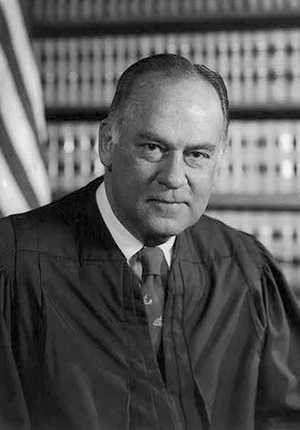Summary
Katz addresses whether the Fourth Amendment’s prohibition on unreasonable searches and seizures applies to electronic eavesdropping and wiretapping of a public phone booth. Acting on a suspicion that Charles Katz was transmitting gambling information over the phone to clients in other states, federal agents attached an eavesdropping device to the outside of a public phone booth used by Katz. Based on recordings of his end of the conversation, Katz was convicted for illegal gambling. Katz argued that the government violated the Fourth Amendment by listening in on his conversation. As public phone booths and electronic communications became more common in American life, the Supreme Court had to determine whether and how to apply a constitutional text written in 1791 to the technological changes of modern life. Today, such questions persist as to when the government can obtain cell phone data from cell phone providers, and whether they can search a smartphone containing all the intimate details of one’s life.






